A Hyperbola is essentially composed of a smooth curve that is not too different from a
parabola, but this smooth curve also has a mirrored
image of itself so that the finished shape looks like two infinite bows, as shown in Figure 1. In this tutorial, we'll show you how you can draw a hyperbola using the drawing tools available in PowerPoint 2013 for Windows.

Figure 1: A hyperbola
To draw a hyperbola in PowerPoint 2013 for Windows, follow these steps:
- Launch PowerPoint 2013 for Windows. Within the
Presentation Gallery, select the Blank Presentation.
PowerPoint will open a new slide, you can
change the slide layout to Blank by
selecting the Home tab | Layout | Blank option.
- Within the View tab of the
Ribbon, select the Guides and
Rulers check-boxes (highlighted in red within Figure 2) if they are not
selected.
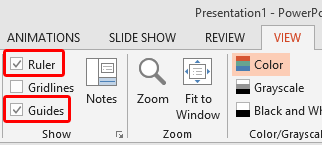
Figure 2: Ruler and Guides check-boxes selected- This will show the guides and
rulers on the
Slide Area, as shown in Figure 3.
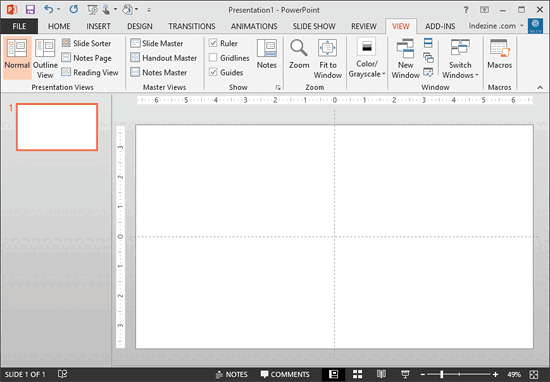
Figure 3: Guides and rulers showing on the slide- Now, add some more guides. We added four
horizontal and four vertical guides all evenly spaced out from the original guides so that you see something similar to a small grid
(highlighted in red within Figure 4).
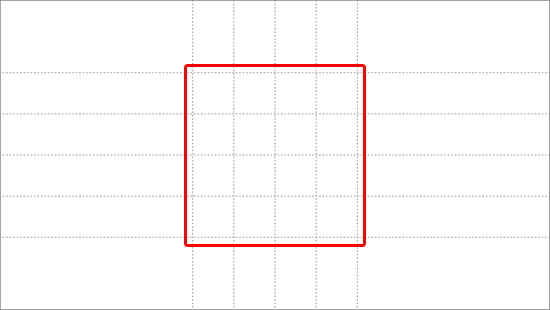
Figure 4: New guides created- Within the Home or Insert tab of the Ribbon, click the Shapes button
to view the Shapes drop-down gallery that you can
see in Figure 5. Select the Curve shape.
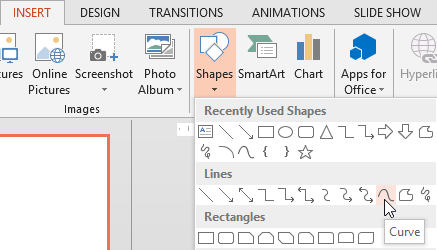
Figure 5: Curve selected- Your cursor will turn into a crosshair. To establish the starting point of the first curve of your hyperbola, place the
cursor and click on the top-left corner of the imaginary grid, as shown highlighted in red, within
Figure 6.
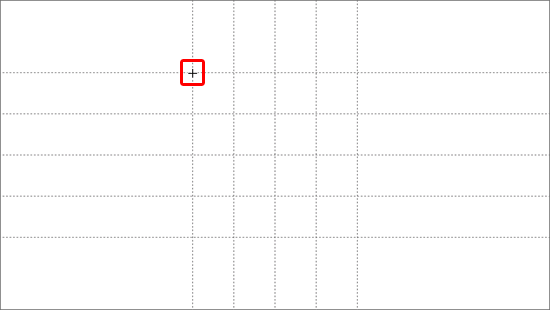
Figure 6: Starting point of the hyperbola established- Then hold down the left mouse button, don't release it yet, and drag the cursor towards the bottom-right till the point
where the second vertical guide intersects the third horizontal guide, as shown in Figure 7. Click once on that point.
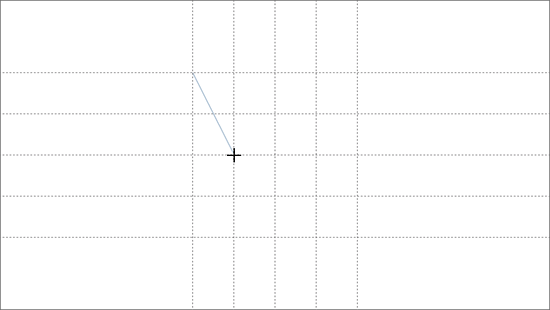
Figure 7: Drawing a curve- Now, move the cursor towards the bottom-left side of the slide, towards the point where the first vertical
guide (same vertical where the starting point was established) intersects the horizontal guide. This creates an arc, as shown in
Figure 8.

Figure 8: Arc is drawn- Double-click on that point to exit drawing mode. An arc will be created as shown in Figure 9, if the arc is not
selected (as denoted by the handles you see in Figure 9), then
select it.

Figure 9: Arc selected- Place your cursor over the arc, press both Ctrl and Shift keys
together, the cursor will now have a plus sign (refer to Figure 9, above). Now, drag the arc towards the right to create
a duplicated copy which will be placed at the position where you stop dragging.
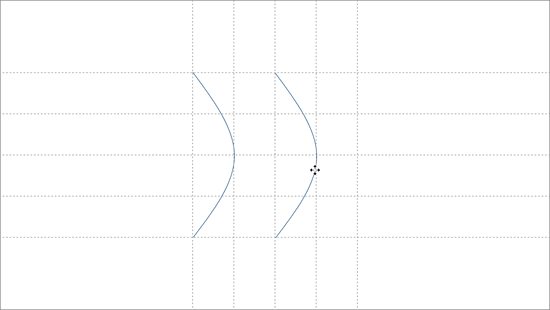
Figure 10: Arc being copied- Now, with the copied Arc selected, go to the Home tab of the
Ribbon. Click the Arrange button to
bring up a drop-down gallery (refer to Figure 11, below). In this drop-down gallery, select the Rotate
option, from the sub-gallery that appears, select the Flip Horizontal option as shown in Figure 11.
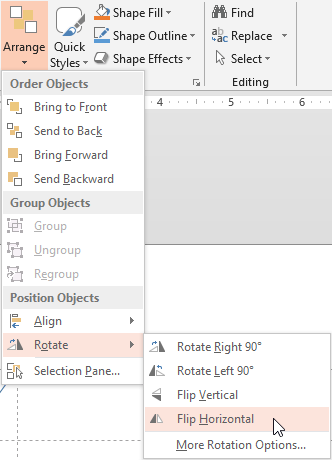
Figure 11: Flip Horizontal option selected- This will flip the copied arc, to get something what you can see in Figure 12. Learn more
about flipping in our Flipping shapes in PowerPoint 2013
tutorial.
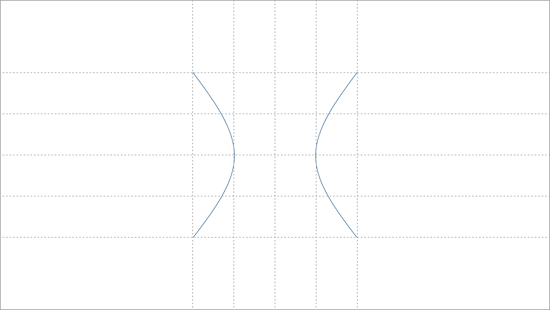
Figure 12: Copied arc flipped- At this point, your hyperbola is ready as shown in Figure 13. You can
nudge and move both curves of the hyperbola to bring them closer to
each other and also group them, and format their
fills and effects if required.

Figure 13: Hyperbola drawn in PowerPoint- Save your presentation.
















